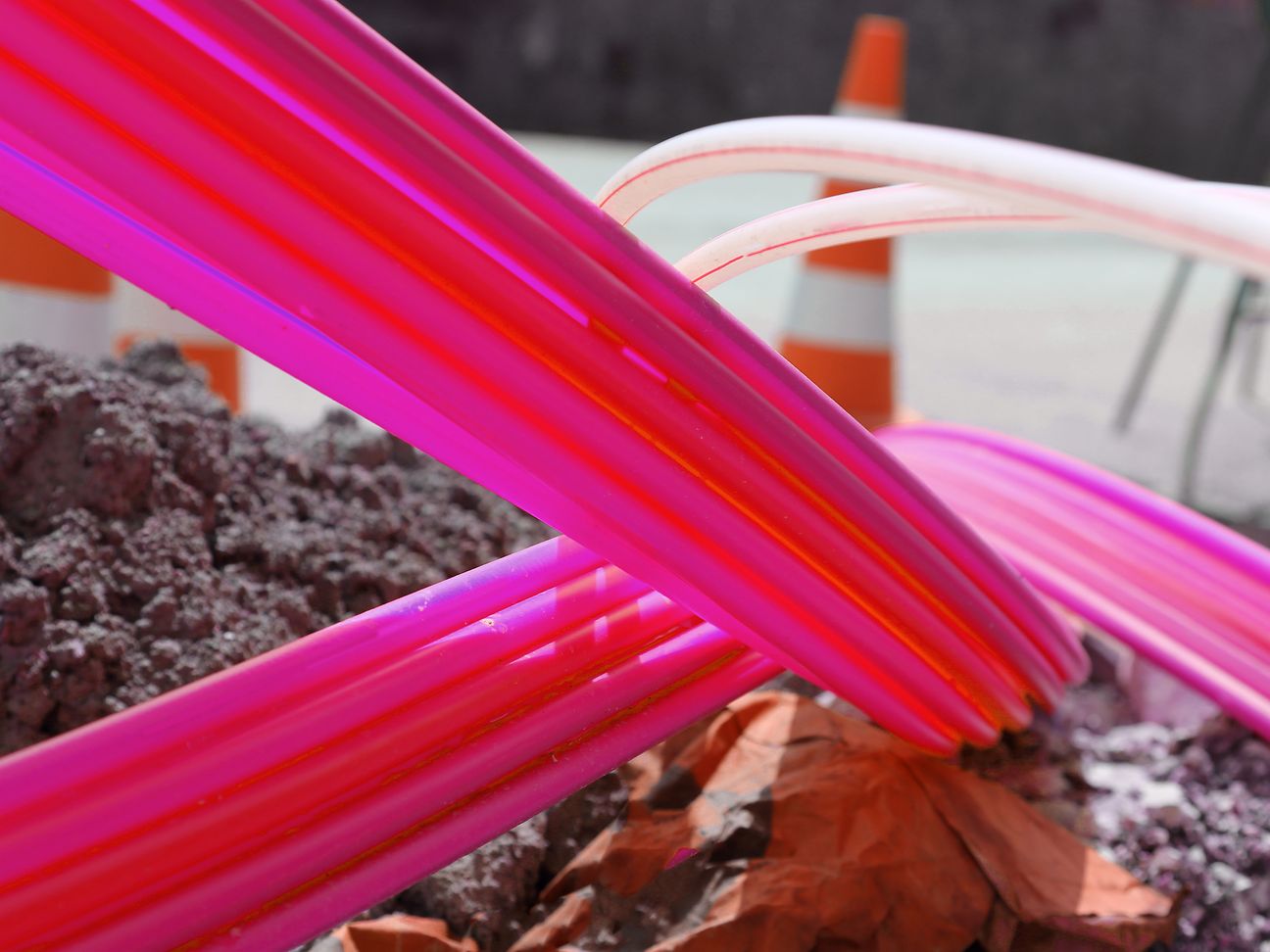

Easy and simple: Network Disaggregation
Telecommunications in upheaval: The networks of the future are open to software partners, more intelligent and adapt flexibly to new requirements. You can also read here what "Access 4.0" and "Open RAN" have to do with it.
The networks are changing. Until now, they have been closed systems full of so-called "black boxes". From the network operators' point of view, these are the non-transparent components of hardware and software that they use to control their networks. Network equipment suppliers installed these black boxes according to the specifications of the operators. Such components perform reliably. But: the data volumes are increasing, innovative applications are springing up like mushrooms. Networks need to become smarter, more flexible to adapt to - and scalable, so that they can quickly cope with new requirements on a large scale. After all, they must process and transmit the regular signals from billions of sensors just as reliably as streaming services, lightning-fast robot movements, impulses from automatically controlled vehicles or fast-paced computer games. The black boxes in the control centers of the networks do not fit the bill. They are not fit for the future. The network operators cannot simply access them, are dependent on individual suppliers - and how quickly they implement new requirements. They only change their "black boxes" with advance notice and a great deal of coordination effort.
Farewell, old rules
The old rules of the game are changing now. The key word is "network disaggregation". The network is now not completely disaggregated into its smallest parts as the name would suggest. The focus is on hardware and essential software components. These must be separated from each other in order to break out of the black box model. Away from individual suppliers and towards many different suppliers. Take the example of the fixed network: network operator-owned, conventional standard hardware and so-called "open source software" replace the black boxes. This open software allows new partners to flexibly integrate and play their developments. At Deutsche Telekom, the technical term "Access 4.0" refers to this path of the fixed network into the future.
The counterpart in mobile communications is called Open RAN (Radio Access Network) or O-RAN. The Radio Access Network is the wireless access network. It connects customers' mobile devices with the so-called core network. Here, too, disaggregation - the separation of hardware and individual software components as well as disclosed technical interfaces between them - should lead to more network intelligence and performance via new partners and programming. The goal is a manufacturer-independent RAN that also interacts quickly and easily with other networks. Joined together in the O-RAN Alliance, network operators and suppliers are jointly tackling this vision. Telekom is one of the founding members of this alliance.
Since the basic idea of disaggregation in the fixed network and mobile communications is exactly the same, it can be used to achieve even more advantages in the future. The technicians use similar components and rely on the same network topology from Deutsche Telekom. In the so-called "Fixed-Mobile-Convergence", further synergies are thus realized.
In short: The cards are being reshuffled. The operators are saying goodbye to rigid relationships with a few very large suppliers. The open software ensures more software partners and faster solutions. The competition among suppliers increases and saves the network operators investment costs. In addition, operating costs are reduced because anyone can optimize the network for lean, highly automated processes. All together an important ingredient also in the recipe for success of 5G.

